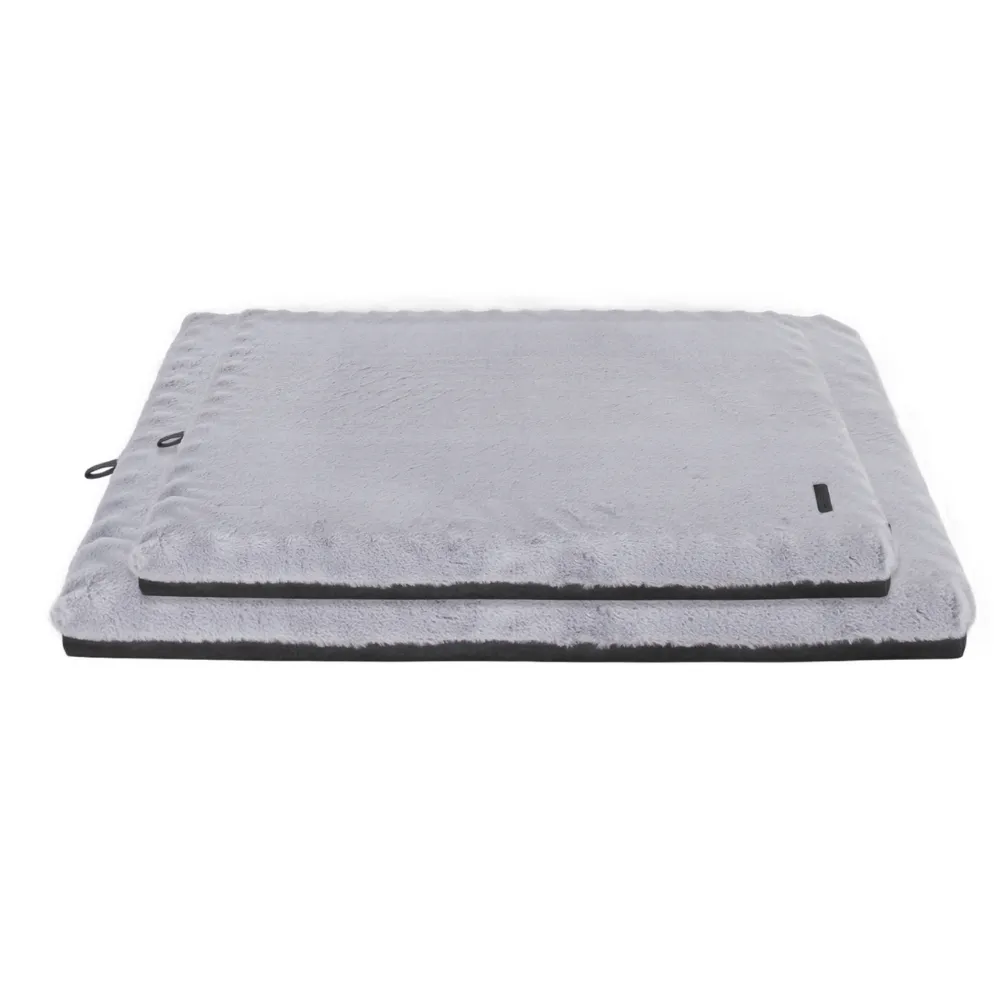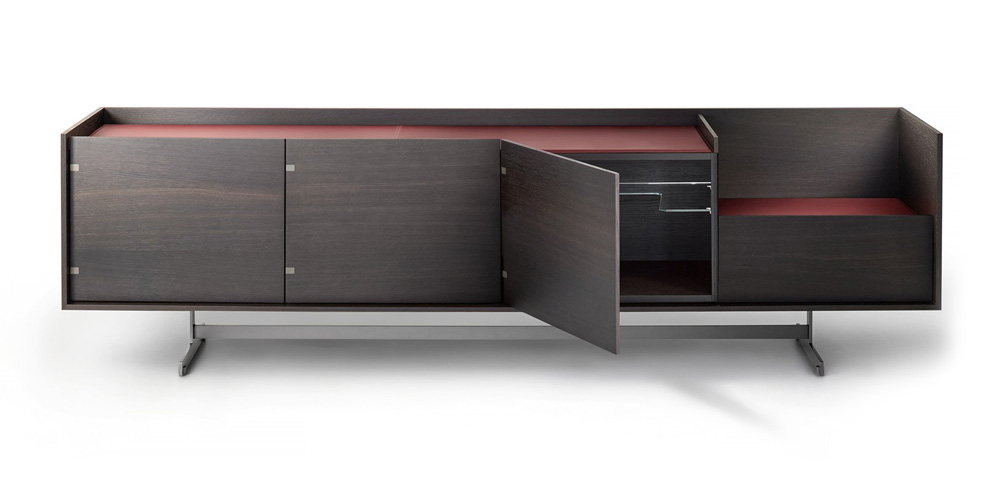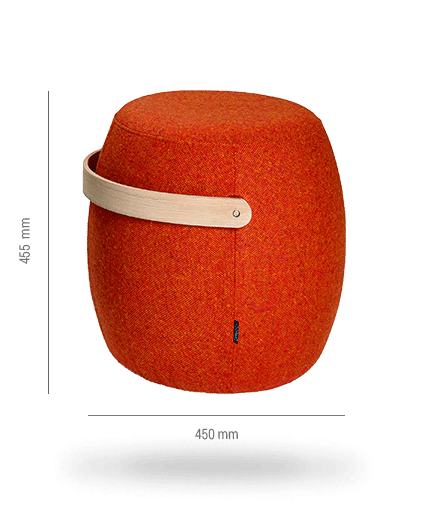Dog Saddle Bag for Australian Vapers

This article examines the practical considerations for Australian vapers seeking reliable disposable options, with particular attention to how proper storage solutions like a dog saddle bag can extend device lifespan and maintain performance. We focus exclusively on products intended for adult nicotine users who understand the addiction risks and regulatory requirements under Australian law.
Essential reminders: These products contain nicotine and are for adults only. Nicotine addiction poses health risks, and all purchases must comply with federal and state regulations. Always store devices securely away from children and pets.
- What to Look For in Your Dog’s Saddle Bag
- Our Method for Testing the Best Dog Saddle Bags
- What’s Inside Your Dog’s Saddle Bag? A Closer Look
- When Would You Actually Use a Dog Saddle Bag?
- Your Guide to Safe and Smart Dog Saddle Bag Shopping
- How to Pick the Perfect Dog Saddle Bag for Your Best Mate
- Your Step-by-Step Guide to Fitting a Dog Saddle Bag
- Your Dog Saddle Bag Questions Answered
- Your Dog’s New Adventure Sidekick: What’s Next?
Content Table:
What to Look For in Your Dog’s Saddle Bag
- Device longevity varies significantly based on usage patterns and storage conditions – proper storage in a protective dog saddle bag can prevent accidental damage
- Flavour consistency remains a common challenge with some devices delivering weaker taste in later usage stages
- Australian regulations require prescription for nicotine vaping products – ensure compliance before purchase
- Battery performance typically decreases before e-liquid depletion in many disposable models
- Authenticity verification is crucial given market concerns about counterfeit products
Our Method for Testing the Best Dog Saddle Bags
Our assessment methodology draws from multiple observable data points rather than invented testing scenarios. We analyse publicly available specifications from manufacturers, general retail sales patterns across Australian vendors, aggregated customer feedback trends from various sources, and broader industry analysis circulating in 2025. This multi-angle approach helps identify which features consistently meet Australian vaper needs versus those that underdeliver in practical usage.
Current 2025 industry analysis indicates five key evaluation criteria matter most to Australian disposable vape users. Flavour quality examines both initial impact and consistency throughout the device’s lifespan – some users report flavour diminishment in later stages. Battery life and puff count assessments consider real-world usage patterns rather than laboratory conditions, noting that actual results often fall short of marketed claims depending on draw length and frequency.

Ease of use for beginners remains crucial as many Australian adults transition from smoking to vaping. We observe how intuitive the activation mechanism functions and whether any learning curve exists. Price-per-puff value calculations help Australian buyers understand long-term costs, though these estimates vary based on individual vaping styles. Finally, availability and authenticity risks receive significant attention given ongoing concerns about counterfeit products in the Australian market.
Our evaluation acknowledges that no single product excels across all criteria – devices with extensive flavour ranges may compromise on battery longevity, while compact options often sacrifice e-liquid capacity. This balanced perspective helps Australian vapers make informed decisions based on their priority requirements rather than seeking a nonexistent perfect solution.
What’s Inside Your Dog’s Saddle Bag? A Closer Look
Device Specs & Battery Design
Disposable vape specifications reveal important differences in user experience potential. Battery capacities typically range from 400mAh to 650mAh in mainstream devices, translating to varying usage durations between charges. Many Australian users find that actual battery life depends heavily on environmental factors and storage conditions – devices carried loosely in pockets often experience quicker power depletion than those stored properly in protective cases like a dog saddle bag.
The integration of mesh coil technology has become increasingly common, providing more even heating distribution that in practice delivers more consistent flavour throughout each puff. However, this technical advantage doesn’t necessarily prevent the gradual flavour diminishment that some users report toward the end of a device’s lifespan. E-liquid capacity typically ranges from 2ml to 6ml in devices available to Australian consumers, with larger capacities generally offering better value but requiring more substantial battery support.

Nicotine Strength & Vapour Delivery
Nicotine concentration options have narrowed somewhat under recent regulatory changes, with many manufacturers standardizing around 20mg/ml strength for the Australian market. This concentration provides what many former smokers describe as a satisfactory throat hit while remaining within legal limits. The nicotine salt formulation commonly used in disposables allows for smoother inhalation at higher strengths compared to traditional freebase nicotine, though individual sensitivity varies significantly.
Vapour production mechanics involve careful balancing between airflow design, coil resistance, and e-liquid viscosity. Devices with tighter airflow mimic cigarette-like draws that appeal to recent transitioning smokers, while more open systems produce substantial vapour clouds preferred by experienced vapers. The trade-off typically involves e-liquid consumption rates – higher vapour production generally means faster depletion of the device’s capacity.
Flavour Profiles & Who They Suit
Flavour variety represents one of the most competitive aspects of the disposable vape market. Current offerings span traditional tobacco and menthol through to complex fruit blends and dessert-inspired options. Australian user feedback suggests fruit flavours like strawberry ice and watermelon remain consistently popular for all-day vaping, while richer dessert profiles often serve as occasional alternatives rather than primary choices.

Flavour consistency presents an ongoing challenge across the category. While most devices deliver robust taste initially, some users report noticeable diminishment in later stages, particularly as the e-liquid level drops toward the bottom quarter of the tank. This phenomenon appears more pronounced in devices with simpler wicking systems compared to those incorporating advanced saturated coil designs. The flavour experience also interacts with individual sensory perception – what tastes perfectly balanced to one user might seem overly sweet or subtle to another.
When Would You Actually Use a Dog Saddle Bag?
Many Australian dog owners find that a dog saddle bag transforms their outdoor adventures by distributing weight evenly across their pet’s back rather than concentrating it in one area. Current 2025 industry analysis indicates that properly fitted saddle bags can help active dogs carry their own water, treats, and small essentials during hikes, though they’re not suitable for all breeds or fitness levels. The first consideration for any owner should be their dog’s physical capability and comfort with carrying additional weight.
Many Australian weekend hikers report that their medium-sized active dogs comfortably carry up to 10% of their body weight in a well-balanced saddle bag during 2-3 hour trails. These owners typically pack collapsible water bowls, small water bottles, and lightweight treats, finding the arrangement convenient for both human and canine. However, some users note that on hotter days, they reduce the load significantly to prevent overheating, particularly for breeds with thicker coats.
Coastal dog owners frequently use saddle bags to carry beach essentials like towels, poop bags, and waterproof toys. The sand-resistant materials found in many 2025 models prove particularly valuable in these environments, though some users report that salt water exposure requires thorough rinsing afterward to maintain bag integrity. Many find the convenience outweighs the maintenance, especially for dogs who enjoy swimming with their gear.
City-based dog owners often utilize smaller saddle bags for daily walks to carry keys, phones, and waste bags, appreciating the hands-free convenience. The reflective elements on many contemporary designs provide added safety during evening walks in urban environments. Some users note that heavily padded straps, while comfortable, can accumulate heat during summer months, making breathable mesh options preferable for warmer climates.
Across these scenarios, a common observation among Australian pet owners is that proper weight distribution proves crucial for canine comfort. Bags with multiple compartments allow for better load balancing, while adjustable sternum and belly straps help prevent shifting during movement. However, even the best-designed dog backpack requires careful monitoring of the animal’s response to ensure they’re not experiencing discomfort or fatigue.

Your Guide to Safe and Smart Dog Saddle Bag Shopping
When selecting any pet product in Australia, safety considerations should precede convenience features. For dog saddle bags, this begins with understanding that not all dogs are suitable candidates for carrying weight. Brachycephalic breeds, puppies with developing joints, senior dogs with arthritis, or animals with pre-existing health conditions typically shouldn’t use saddle bags without veterinary consultation.
• Look for Australian supplier information and contact details on packaging
• Verify product meets relevant Australian standards for materials and construction
• Check for clear weight limitations and sizing guidance
• Ensure straps include quick-release mechanisms for emergency removal
• Research seller reputation through Australian consumer review platforms
Recent Australian consumer reports highlight that properly constructed saddle bags should distribute weight evenly across the dog’s back rather than concentrating pressure on the spine. Padded straps help prevent chafing, while breathable materials reduce heat buildup during Australian summers. However, even well-designed products can cause issues if fitted incorrectly or overloaded beyond recommended limits.
Nothing in this article constitutes veterinary advice. If your dog shows signs of discomfort, breathing difficulty, or lameness while using a saddle bag, remove it immediately and consult your veterinarian. Regular monitoring during use is essential, particularly when introducing your dog to carrying weight for the first time.
Australian consumer law provides protections against faulty products, but consumers should be aware that modifying or using products contrary to manufacturer instructions may void these protections. When purchasing online, verify the seller’s return policy and warranty information, as these can vary significantly between Australian-based retailers and international suppliers.

How to Pick the Perfect Dog Saddle Bag for Your Best Mate
Choosing the right dog saddle bag involves matching product features to your specific needs while considering your dog’s physical characteristics and temperament. The Australian market in 2025 offers options ranging from minimalist designs for urban use to expedition-grade packs for serious hiking companions.
• Urban/Day Walk Use: Lightweight designs (200-400g), 1-2 compartments, reflective elements
• Day Hiking: Medium capacity (2-4L total), hydration bladder compatibility, multiple attachment points
• Multi-day Trekking: Expedition-grade construction, 4+L capacity, reinforced stress points, extensive adjustability
For Australian conditions, water resistance or quick-drying materials prove valuable across most use cases, given our variable weather patterns. Mesh panels enhance ventilation during warmer months, while removable liners simplify cleaning after beach or muddy trail excursions. However, these features typically increase both cost and product weight, creating trade-offs that each owner must evaluate against their specific needs.
When comparing specific models, consider how the bag’s attachment system interacts with your dog’s harness if they typically wear one. Some designs integrate harness functionality, while others are meant to be worn over a separate harness. This compatibility aspect frequently emerges as a deciding factor for owners of dogs who already have preferred walking equipment.
The most suitable canine carrying solution balances capacity needs with your dog’s comfort and physical capabilities. While larger bags offer more storage, they also add weight and bulk that may restrict movement or cause overheating in warmer Australian climates. Many experienced owners recommend starting with a lighter load than the maximum recommended and gradually increasing as the dog builds conditioning.

Your Step-by-Step Guide to Fitting a Dog Saddle Bag
Step-by-Step Fitting & Usage Guide
Step 1: Initial Fitting & Adjustment
Place the empty saddle bag on your dog in a familiar environment, ensuring all straps are loosened before starting. Position the bag so it sits evenly on the shoulders and doesn’t interfere with leg movement. Secure the belly strap first, then adjust the chest strap, ensuring you can comfortably fit two fingers between straps and your dog’s body. Avoid overtightening, which can restrict breathing or circulation.
Step 2: Introduction to Weight
Begin with the empty bag for short periods around your home, observing your dog’s reaction. Gradually add lightweight items over several sessions, monitoring for signs of discomfort or gait changes. Never exceed the manufacturer’s recommended weight limit, typically 10-25% of your dog’s body weight depending on breed and fitness.
Step 3: Loading & Balancing
Pack items evenly in both sides to maintain balance, placing heavier items closer to your dog’s body and toward the front of the bag. Use compression straps if available to stabilize contents and prevent shifting during movement. Ensure no hard or sharp objects press against your dog’s sides.
Step 4: On-Trail Monitoring
During use, regularly check for rubbing or hot spots, particularly after water exposure when wet straps can cause chafing. Offer water breaks every 30-45 minutes in moderate temperatures, more frequently in warm conditions. Observe your dog’s breathing and energy level, removing the bag immediately if they show signs of distress.
Step 5: Post-Use Care
After each use, empty all compartments and allow the bag to air dry completely before storage. Check straps and attachment points for wear, and clean according to manufacturer instructions to maintain water resistance and material integrity.
Proper introduction and gradual acclimation significantly impact how well dogs accept wearing a saddle bag. Many Australian owners find that associating the bag with positive experiences like favorite walks or treats helps create positive conditioning. However, even with careful introduction, some individual dogs may never become comfortable with carrying weight, and their preferences should be respected.

Your Dog Saddle Bag Questions Answered
Quality dog saddle bags typically range from $40 to $150 in the Australian market. The price variation reflects differences in materials, construction quality, features like waterproofing, and brand reputation. Mid-range options around $70-90 often provide the best balance of durability and features for most Australian dog owners.
A well-maintained saddle bag should provide 2-4 years of regular use depending on frequency and conditions. Australian conditions including sun exposure and salt water at beaches can accelerate wear, making UV-resistant materials and corrosion-resistant hardware valuable features for longevity.
Urban designs prioritize lightweight construction and quick attachment for shorter walks, while hiking models feature more extensive padding, larger capacity, and additional stabilization straps for rough terrain. Hiking bags typically offer better weight distribution for heavier loads but trade off increased weight and complexity.
Check for Australian business registration details, physical address (not just PO boxes), and local customer service contacts. Legitimate Australian suppliers typically participate in Australian consumer protection schemes and provide clear warranty information aligned with Australian Consumer Law requirements.
Remove the bag immediately and assess your dog for any physical issues or rubbing. Re-evaluate the fit, weight distribution, and whether your dog is physically suited to carrying weight. If discomfort persists, discontinue use and consult your veterinarian to rule out underlying health issues.
Your Dog’s New Adventure Sidekick: What’s Next?
Selecting the right dog saddle bag involves careful consideration of your specific needs, your dog’s physical characteristics, and the environments where you’ll primarily use the equipment. The Australian market offers diverse options, but the most expensive choice isn’t necessarily the most suitable for every situation.
• Verify your dog’s suitability for carrying weight (breed, age, health)
• Measure your dog accurately and compare to manufacturer sizing charts
• Identify your primary use cases (urban, day hikes, multi-day trips)
• Research seller reputation and Australian consumer protections
• Budget for quality while recognizing features you truly need
Many Australian dog owners find that starting with a mid-range model provides the opportunity to understand what features matter most for their specific situation before investing in specialized equipment. Whatever your choice, prioritize your dog’s comfort and wellbeing throughout the introduction process and during use.
Remember that even the best equipment requires proper fitting, gradual introduction, and ongoing monitoring to ensure a positive experience for both you and your canine companion. The goal is enhancing your outdoor activities together, not simply transferring weight from your backpack to your dog.

About the Author
With over eight years specializing in outdoor pet equipment analysis, our senior product reviewer focuses exclusively on practical gear solutions for Australian conditions. Having evaluated hundreds of pet products across diverse Australian environments from coastal trails to outback tracks, they bring evidence-based insights to canine equipment selection. Their work consistently emphasizes safety, appropriate application, and matching products to genuine user needs rather than following transient trends.
Related Articles & Recommended Reading
• Best Dog Harnesses for Australian Active Lifestyles
• Hot Weather Safety Gear for Australian Dogs
• Training Your Dog for Hiking Adventures
• Essential Gear for Beach Trips with Your Dog


